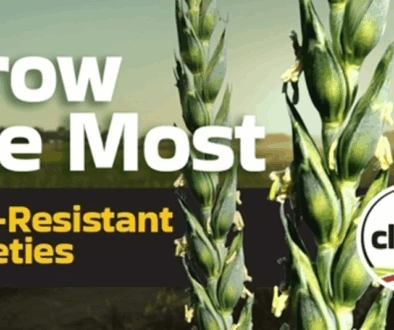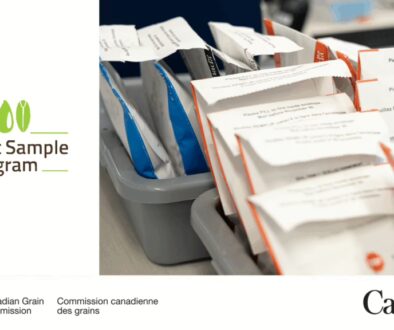A Quick Checklist for Seeding Malt Barley in Saskatchewan
By Mitchell Japp, Research and Extension Manager
Planting malt barley? Use this checklist to maximize yield, meet malt quality standards, and boost profitability this season.
1. Choose a High-Performing Malt Barley Variety
CDC Copeland has been a staple for years, but newer varieties offer better yield, lower protein, improved lodging resistance, and stronger disease tolerance. The CMBTC Recommended List features superior malt barley varieties with multiple contract opportunities, making them more profitable for farmers.
🔗Read: A Paradox in Choice: Trends in Barley Varieties for 2025
🔗Read: Unlocking Barley’s Potential: New Varieties and Advances in Plant Breeding
2. Maintain Varietal Purity for Malt Acceptance
Malt buyers require at least 95% varietal purity. Using certified seed is the best way to ensure purity from the start. If growing multiple varieties or transitioning to a new one, take extra steps to prevent contamination. Certified seed is inspected for impurities and does not pass if the pedigreed production is not pure. It is the only way to ensure you start with good varietal purity. Once on the farm, be sure to take steps to maintain that purity.
3. Test Your Seed for Germination & Disease
Seed testing is essential for achieving the right seeding rate and managing disease risks. SaskBarley collaborates on an annual Provincial Seed Survey, summarizing key results to help guide decisions.
🔗Resource: Check early seed testing results.
4. Calculate Your Seeding Rate for Optimum Stand Density
For malt barley, aim for 20-22 plants per square foot under normal conditions. In drier areas, a slightly lower count may be better, while in higher moisture zones, increasing seeding rates improves uniformity and weed competition.
🔗Watch: Understanding Barley Seeding Rates
5. Plant Early for Better Quality & Yield
Early planting improves yield, reduces protein levels, enhances harvest conditions, minimizes lodging, and increases the likelihood of malt selection.
🔗Watch: Learn more about barley seeding timing.
6. Optimize Fertility Management
Research from SaskBarley and Saskatchewan Ministry of Agriculture shows that newer barley varieties respond well to higher nitrogen rates, making intensive management strategies worthwhile in high-yield environments.
🔗Watch: Learn more about this study ‘Should Barley Varieties be Managed Differently?’ by East Central Research Foundation
Conclusion
By selecting the right variety, maintaining purity, testing seed quality, planting at the right time, and managing fertility properly, malt barley farmers in Saskatchewan can maximize their chances of growing a profitable, high-quality malt crop.





